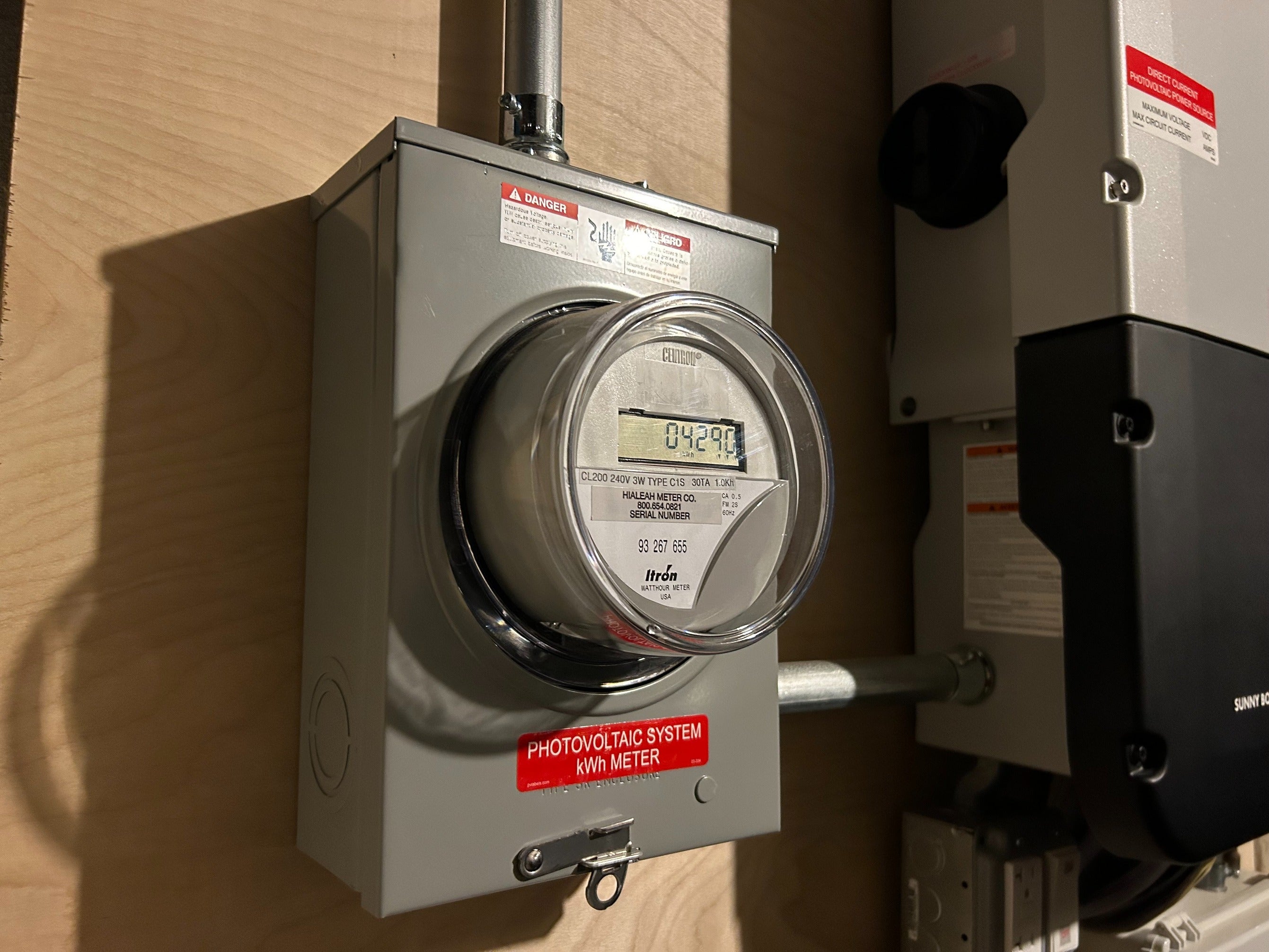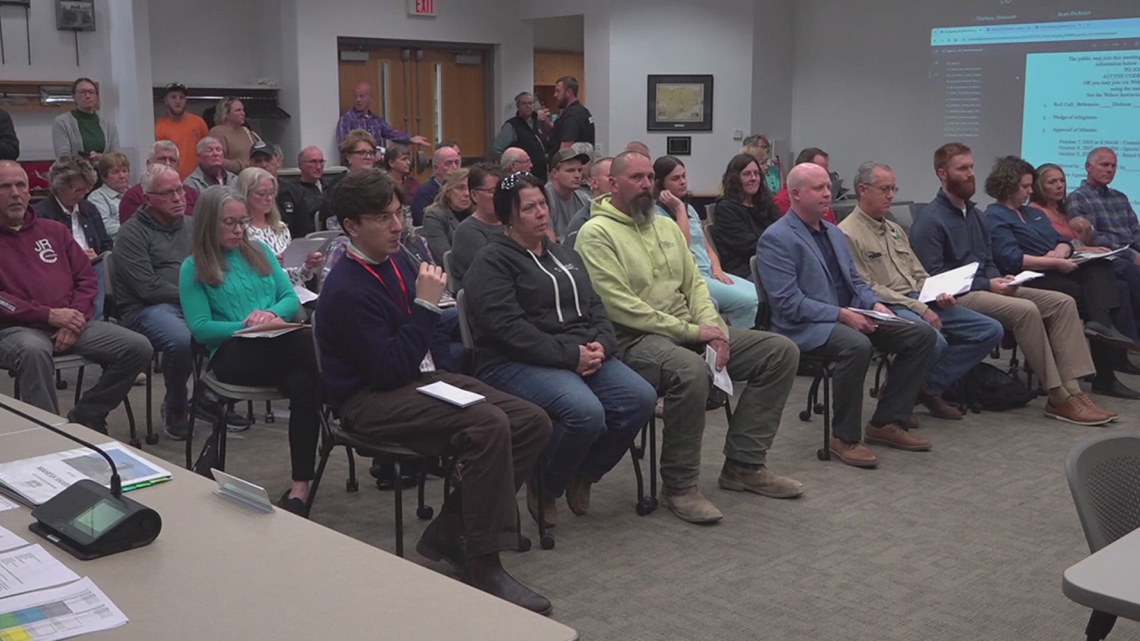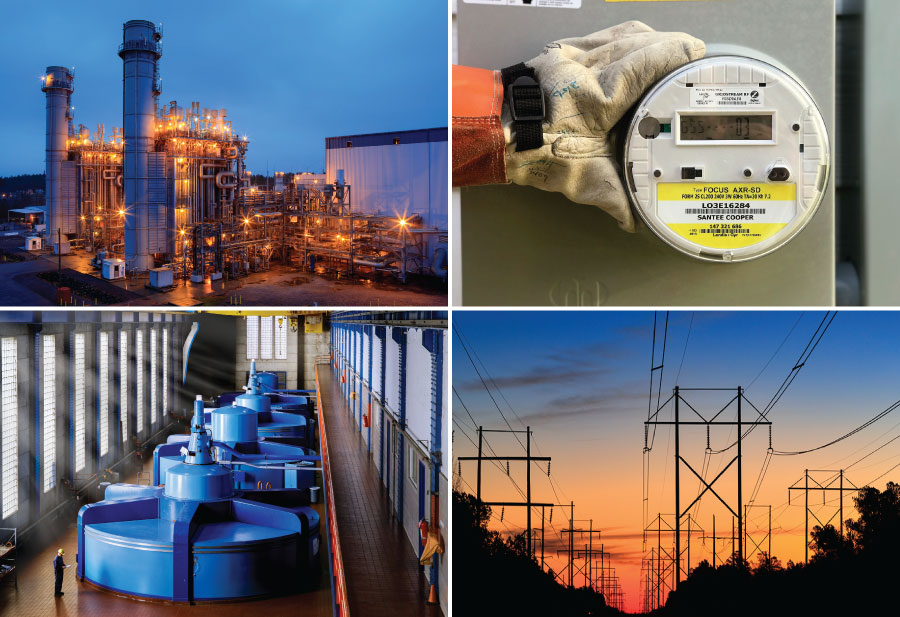Impact of Federal Funding Delay on Energy Assistance and Sustainable Development Goals in Pennsylvania
Executive Summary
A federal government shutdown has suspended the allocation of over $200 million in funding for Pennsylvania’s Low Income Home Energy Assistance Program (LIHEAP). This delay directly impedes progress on multiple Sustainable Development Goals (SDGs) by threatening energy security for more than 300,000 low-income households. The postponement of the program from November to December jeopardizes the state’s ability to support vulnerable populations, undermining SDG 1 (No Poverty), SDG 7 (Affordable and Clean Energy), SDG 10 (Reduced Inequalities), and SDG 11 (Sustainable Cities and Communities).
LIHEAP Program Overview and SDG Alignment
The Low Income Home Energy Assistance Program is a critical social safety net that provides federally funded, state-administered utility assistance. The program’s objectives are in direct alignment with several key SDGs.
- SDG 1 (No Poverty) & SDG 10 (Reduced Inequalities): LIHEAP directly addresses energy poverty and reduces financial inequality by providing grants to households with incomes below 150% of the Federal Poverty Income Guidelines. Many recipient families have annual incomes under $20,000.
- SDG 7 (Affordable and Clean Energy): The program’s primary function is to ensure access to affordable and reliable energy for home heating, a fundamental service for household stability and well-being.
- SDG 3 (Good Health and Well-being) & SDG 11 (Sustainable Cities and Communities): By preventing utility disconnections and funding heater repairs, LIHEAP protects residents from cold-related health risks and contributes to the development of safe, adequate, and resilient housing.
Program Components
LIHEAP assistance is delivered through two distinct grant types designed to address both chronic and acute needs.
- Cash Grants: These grants, ranging from $200 to $1,000, are applied as a credit directly to a household’s utility or fuel provider account to lower winter heating bills.
- Crisis Grants: Ranging from $25 to $1,000, these grants are intended for emergency situations to prevent imminent utility shutoffs or to repair broken heating equipment.
Consequences of Funding Suspension on SDG Targets
The interruption in federal funding has created significant challenges to meeting SDG targets for Pennsylvania’s most vulnerable citizens.
- Program Delay: The start date for LIHEAP applications has been pushed to December 3, contingent upon the state’s receipt of its federal allocation.
- Impact on Vulnerable Households: An estimated 360,000 households planning to apply for cash grants and over 100,000 households facing potential emergencies are left without support as colder temperatures arrive.
- Institutional Failures (SDG 16: Peace, Justice and Strong Institutions): The government shutdown demonstrates how institutional instability at the federal level can disrupt the delivery of essential services, disproportionately harming low-income populations and weakening the frameworks designed to protect them.
Eligibility and Application Protocol
To ensure aid is directed toward populations most in need, in alignment with SDG 1, the program maintains specific eligibility criteria.
- Income Threshold: A household’s income cannot exceed 150% of the Federal Poverty Income Guidelines, which is $23,475 for an individual or $48,225 for a family of four.
- Residency Status: Both homeowners and renters are eligible for assistance.
- Application Channels: Once the program opens, applications can be submitted online via the state’s COMPASS benefits portal or in person at county assistance offices.
Alternative and Localized Support Systems
While federal assistance is on hold, some local utility providers offer programs that support community resilience and contribute to SDG 11 by providing a safety net for low-income customers.
- PECO: The utility’s Customer Assistance Program (CAP) offers income-based bill caps, payment extensions, and budget billing to make energy costs more manageable.
- Philadelphia Gas Works (PGW): The Customer Responsibility Program (CRP) provides discounted gas bills and offers forgiveness for past-due balances to eligible households.
Analysis of Sustainable Development Goals in the Article
1. Which SDGs are addressed or connected to the issues highlighted in the article?
-
SDG 1: No Poverty
- The article focuses on the Low Income Home Energy Assistance Program (LIHEAP), a social safety net designed to help low-income families. It explicitly mentions that many recipient families live on less than $20,000 a year and that eligibility is tied to Federal Poverty Income Guidelines. The delay in funding directly impacts the financial stability and well-being of the poorest households.
-
SDG 7: Affordable and Clean Energy
- The core purpose of LIHEAP is to ensure households have access to affordable energy for heating. The article details how the program provides grants to cover winter heating bills, making energy affordable for those who would otherwise struggle. The shutdown jeopardizes this access for hundreds of thousands of families.
-
SDG 10: Reduced Inequalities
- The program specifically targets a vulnerable group based on economic status, aiming to reduce the inequality in their ability to access a basic necessity like home heating. By providing this assistance, it promotes the social and economic inclusion of low-income households, ensuring they are not left behind.
-
SDG 11: Sustainable Cities and Communities
- Access to heating is a fundamental component of adequate, safe, and affordable housing. The article discusses how LIHEAP helps families avoid utility shutoffs and repair broken heaters, which are essential services for maintaining safe living conditions, especially during cold winters in Pennsylvania.
2. What specific targets under those SDGs can be identified based on the article’s content?
-
Target 1.3 (under SDG 1)
- Implement nationally appropriate social protection systems and measures for all… and achieve substantial coverage of the poor and the vulnerable.
- The article describes LIHEAP as a federally funded, state-administered social protection program. It provides direct financial assistance (“cash and crisis grants”) to a large population of vulnerable citizens (“more than 300,000 Pennsylvania households”), directly aligning with the implementation and coverage goals of this target.
-
Target 7.1 (under SDG 7)
- By 2030, ensure universal access to affordable, reliable and modern energy services.
- LIHEAP’s function is to provide grants to make energy affordable for low-income households. The article highlights that the program helps families cover heating bills and avoid shutoffs, which is a direct effort to ensure access to affordable and reliable energy services.
-
Target 10.2 (under SDG 10)
- By 2030, empower and promote the social, economic and political inclusion of all, irrespective of… economic or other status.
- The program is designed exclusively for households with an income below “150% of the Federal Poverty Income Guidelines.” This targeted approach aims to reduce the burden on those with a low economic status, ensuring they are not excluded from the basic necessity of a warm home, thereby promoting their social inclusion and well-being.
-
Target 11.1 (under SDG 11)
- By 2030, ensure access for all to adequate, safe and affordable housing and basic services…
- Heating is a “basic service” critical for “adequate and safe” housing in a region with cold winters. The article explains that LIHEAP provides grants to pay for heating and “repair broken heating equipment,” directly contributing to making housing safe and habitable for low-income residents.
3. Are there any indicators mentioned or implied in the article that can be used to measure progress towards the identified targets?
-
Number of households covered by social protection programs
- The article provides specific numbers that serve as direct indicators of the program’s reach. It states that LIHEAP helps “more than 300,000 Pennsylvania households” annually. It also provides projections for the year: “more than 360,000 households could receive cash grants and more than 100,000 families could receive crisis grants.” These figures can be used to measure coverage under Target 1.3.
-
Proportion of the population with access to affordable energy
- While not a direct proportion, the number of households receiving assistance is a strong proxy indicator. The article defines the target population by income: “a household’s income cannot exceed 150% of the Federal Poverty Income Guidelines.” The number of recipients within this defined population helps measure progress towards Target 7.1.
-
Amount of financial assistance provided
- The article specifies the grant amounts, which can be used as an indicator of the level of support provided. It mentions cash grants range from “$200 to $1,000” and crisis grants from “$25 to $1,000.” The total annual funding of “over $200 million” for Pennsylvania is also a key financial indicator.
4. SDGs, Targets, and Indicators Table
| SDGs | Targets | Indicators Identified in the Article |
|---|---|---|
| SDG 1: No Poverty | 1.3: Implement nationally appropriate social protection systems and measures for all… and achieve substantial coverage of the poor and the vulnerable. | Number of households covered by the LIHEAP program (e.g., “more than 300,000 Pennsylvania households”). |
| SDG 7: Affordable and Clean Energy | 7.1: By 2030, ensure universal access to affordable, reliable and modern energy services. | Number of low-income households receiving grants to pay for heating bills; Grant amounts ranging from $200 to $1,000. |
| SDG 10: Reduced Inequalities | 10.2: By 2030, empower and promote the social, economic and political inclusion of all, irrespective of… economic or other status. | The program’s eligibility criteria targeting households with income below 150% of the Federal Poverty Income Guidelines. |
| SDG 11: Sustainable Cities and Communities | 11.1: By 2030, ensure access for all to adequate, safe and affordable housing and basic services… | Number of households receiving crisis grants to avoid utility shutoffs or repair broken heating equipment, ensuring a basic service for safe housing. |
Source: whyy.org






